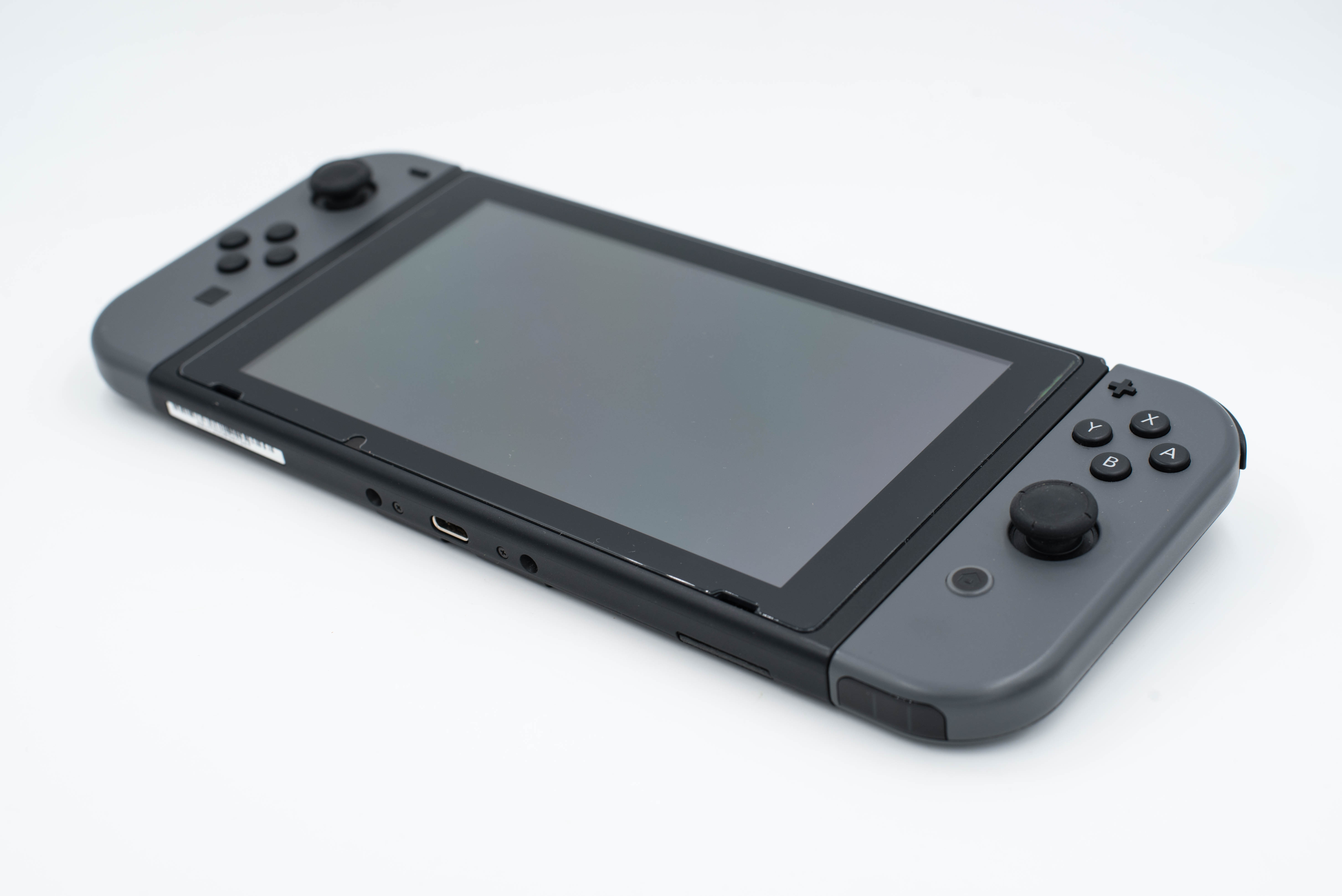- 29 November 2021
- Benny Har-Even
In early November 2021 we announced a significant milestone in the history of not just Imagination GPUs, but, in our opinion, in the history of GPUs in general: namely the IMG CXT, our first ray tracing-enabled GPU core available for license.
As many will already know, rendering in real-time using ray tracing has been the goal since the beginning of 3D graphics. This is because by mimicking how light behaves in the real world, ray tracing has the potential to create 3D visuals that are more accurate, and therefore more realistic, than what is possible with conventional rasterisation.
Revolutionising gaming visuals
With ray tracing, games become more realistic looking with more accurate lighting creating more natural shadows and reflections, which helps to ground characters and objects into the 3D scene. It can make everything look more beautiful, and less “gamey”, bringing games closer to the graphical quality we are accustomed to seeing in movies.
Outside of gaming, ray tracing promises to transform 3D visualisations for markets such as in-home designs and architecture. Imagine going to a showroom and designing up your perfect kitchen. You now no longer need to wait for a realistic 3D render – it could all be done in real-time, even on a phone or tablet. Aside from 3D graphics, ray tracing could even be used in audio, enhancing realism by measuring how sound bounces around a room and accounting for material absorption qualities.
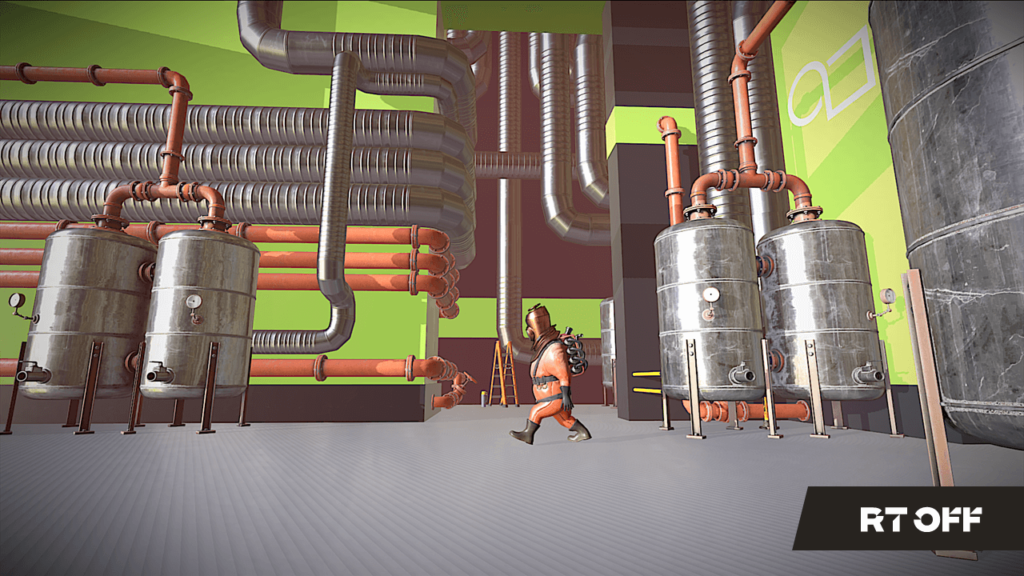
While gamers will appreciate the more realistic visuals, for developers, ray tracing provides a simpler and more efficient workflow, saving them time. As a purer, more elegant approach to lighting, the concept of ray tracing predates rasterisation, but due to its computational complexity has only very recently been practical in any form in real-time on the very latest hardware on large, noisy, and power-hungry desktop computers. As these graphics cards boards operate in power envelopes that are far in excess of what is practical in a low-power, mobile-optimised device it’s no surprise that these chip manufacturers have claimed that mobile phones are not ready for tracing.
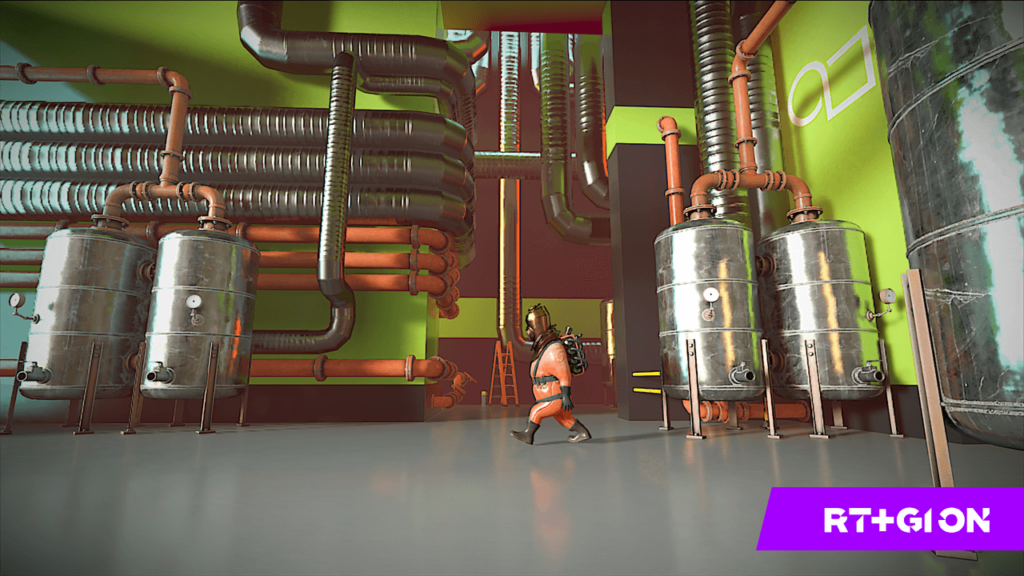
However, it wasn’t that long ago (well, 15 years or so) that the industry believed that 3D graphics could not be done on a mobile device at all. However, mobile has always been Imagination’s domain. Our tile-based deferred rendering (TBDR) approach kick-started the smartphone revolution by making powerful 3D graphics possible even in devices where longevity and thermal performance constraints are extremely tight. TBDR completely removes the inefficient overdraw issues of immediate mode renderers that spend time colouring in pixels that will never be seen by the user on-screen as they are hidden behind objects closer to the camera. IMG CXT represents the evolutionary pinnacle of the PowerVR TBDR architecture while introducing the next stage in the evolution of mobile graphics: ray tracing.
Mobile ray tracing arrives
After a decade of innovative development work, Imagination has unveiled the IMG CXT, its first GPU core with ray tracing accelerating hardware tightly integrated into the core. But before we discuss its ray tracing capabilities it’s important to realise that CXT is an extremely fast GPU for conventional rasterisation. It builds on the work with have done with our A-Series and B-Series GPUs, which employed an ultra-wide ALU, optimised texture processing units, configurable cache sizes and improved compression algorithms to deliver a major leap in performance for power, performance, area and bandwidth (PPAB) efficiency over the previous generations.
B-Series introduced a host of improvements such as scalability from embedded solutions through to desktop-class thanks to multi-core and chiplet support and also offered improved compute efficiency through further micro-architectural tuning and physical design optimisations. As such, B-Series remains in the market as a top-tier GPU for rasterisation.
CXT however, represents our top-of-the-range design and thanks to further micro-architectural tuning it delivers 50% more geometry and compute capability than the previous generation while introducing the very latest in graphics rendering, namely ray tracing.
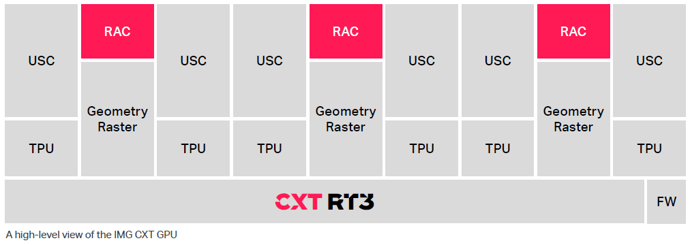
CXT’s increases the compute and texture processing units from the previous generation from
four to six, as well as an additional geometry raster unit.
As ray tracing remains a very computationally expensive technology, IMG CXT, takes a hybrid approach to 3D rendering. This has been available in the desktop personal computer market since late 2018 but was first demonstrated in working silicon by Imagination in 2016 on its “Plato” demo board based on its “Wizard” architecture. This was first unveiled in 2014 and was the first design to introduce the concept of hybrid rendering – as in combining ray tracing capabilities alongside traditional rasterisation.
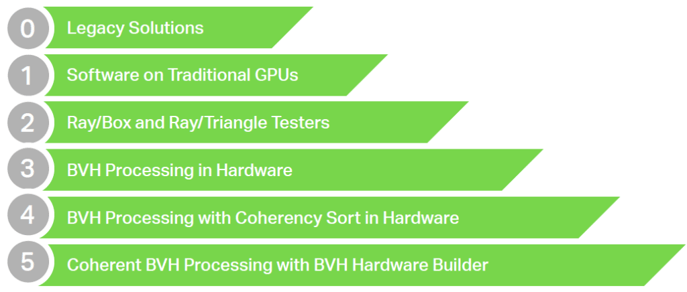
CXT is an evolution of this design and features the Photon ray tracing architecture, which offers a number of silicon blocks dedicated to accelerated ray tracing in a far more power-efficient manner than what is possible in the desktop space. As not all ray tracing solutions are equal Imagination established the Ray Tracing Levels System. This identifies six levels of ray tracing, from a software-only Level 0 through to Level 5, and, thanks to the Photon architecture’s Ray Acceleration Cluster, IMG CXT sits at Level 4. If you’d like to learn more about Photon architecture in-depth, we offer a detailed white paper that explains the principles of hybrid rendering and how we approach ray tracing acceleration.
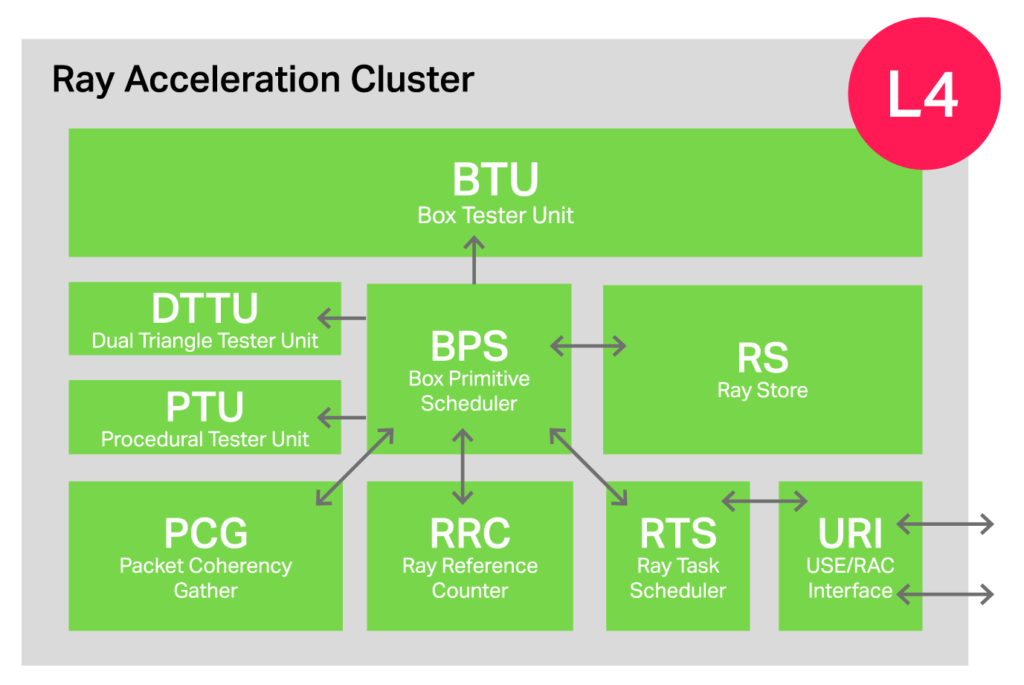
To summarise, the RAC offers hardware that greatly accelerates the traversal of rays through the bounding box hierarchy that is needed to accelerate ray tracing efficiently. Uniquely, it features a Packet Coherency Gather unit, which identifies coherency in bouncing light rays and packages them together to make the very best use of memory bandwidth. Again, to learn more, we recommended checking out the white paper but suffice to say here that this coherency gathering unit is how we can deliver ray tracing with enough effective performance in a mobile power budget. Thanks to this, when it comes to usable mobile performance, IMG CXT is the only game in town.
As with all our previous cores, CXT is a great solution for automotive use cases and, thanks to the introduction of ray tracing, even more so. Ray tracing will enable higher efficiency when rendering complex curved surfaces such as car bodywork, making it an ideal fit for photorealistic ray traced car rendering for the perfect representation of vehicles across dash-wide displays.
Support for Vulkan®
CXT fully supports the Vulkan API for ray tracing, handling both ray queries and ray pipeline implementation of ray tracing, so whether the application is aimed at mobile or desktop, CXT will be able to support it. This will help it deliver applications features much more realistic shadows and reflections, but also ray traced global illumination, for truly immersive, natural-looking visuals.
Over the years, we have come to expect that the level of graphics quality on console and desktop PC eventually makes it to mobile and thanks to Imagination and the CXT, that’s now true of ray tracing too. The technology has already been licensed into the market and we can’t wait until we see this technology reach the palm of everyone’s hand.
In our next post, we’ll run through some of the visual enhancements that ray tracing can bring in more depth and the time-saving efficiencies it will bring to developers.





